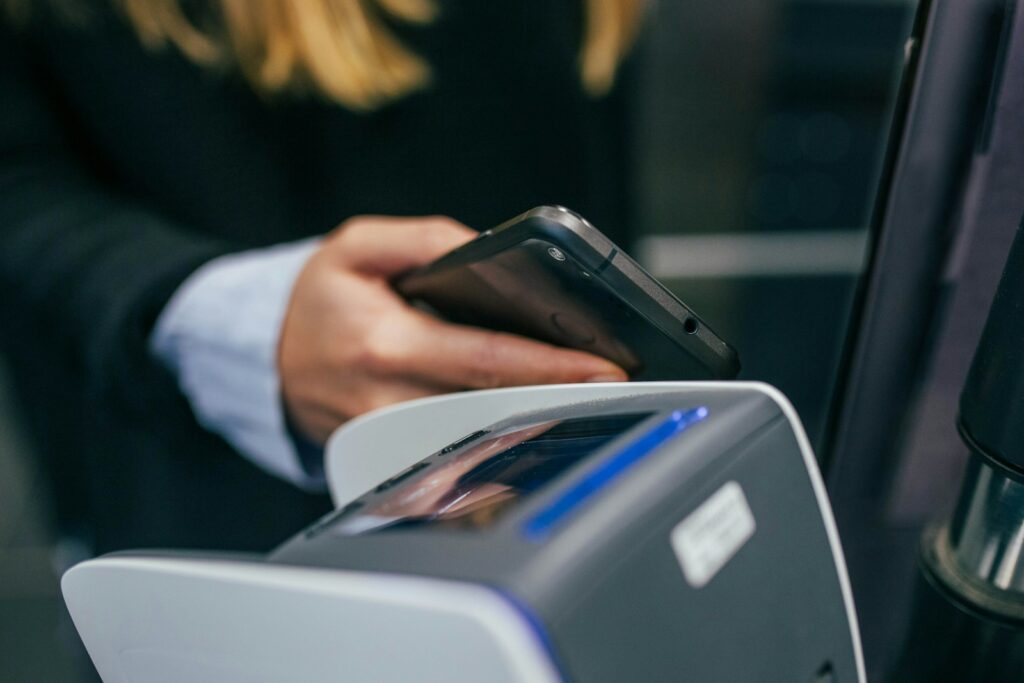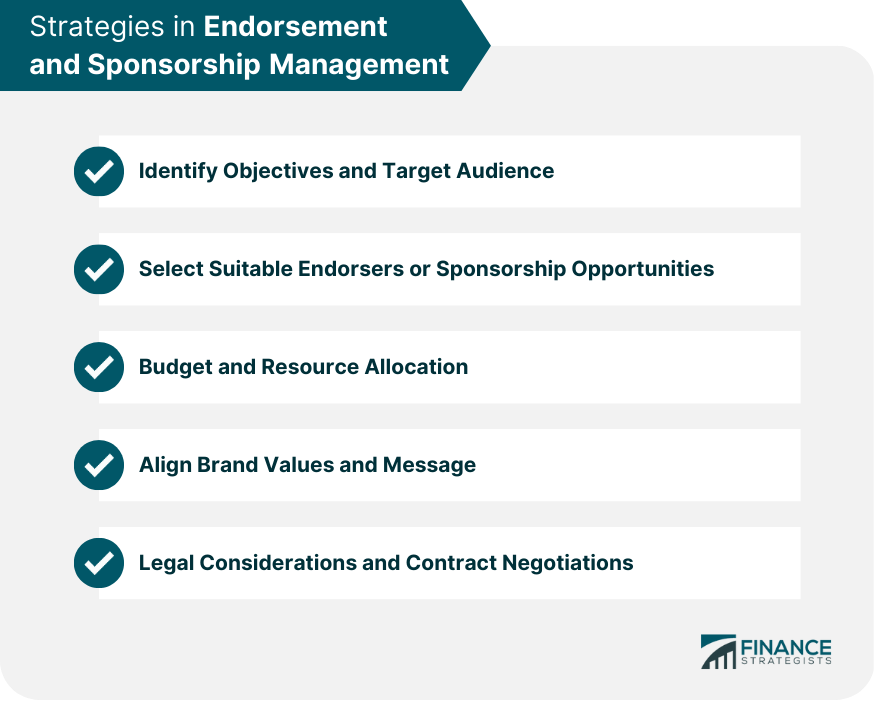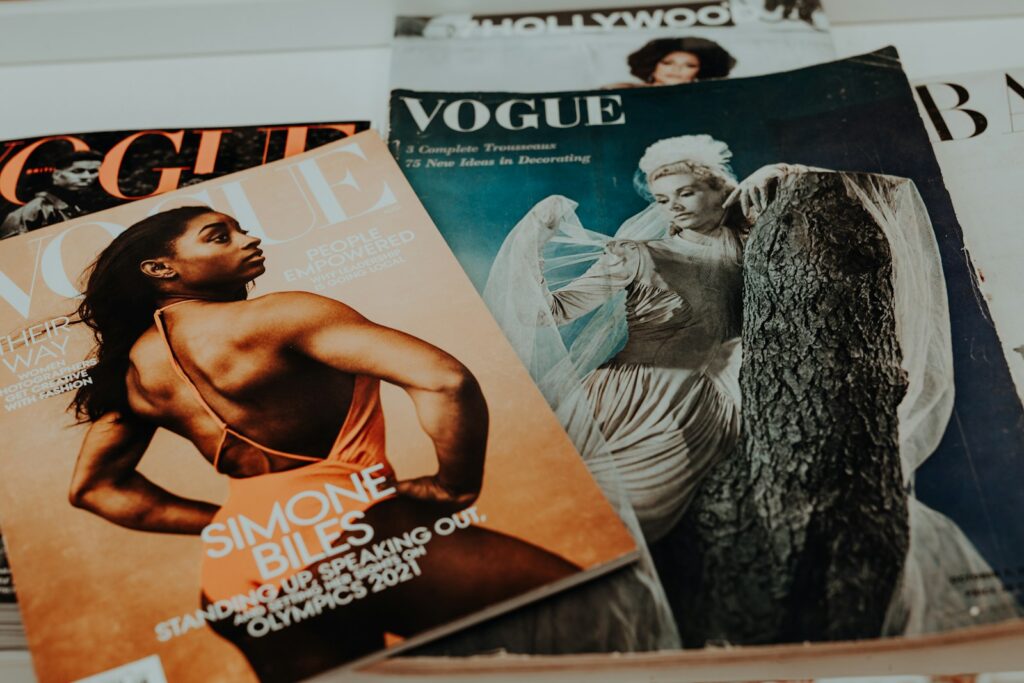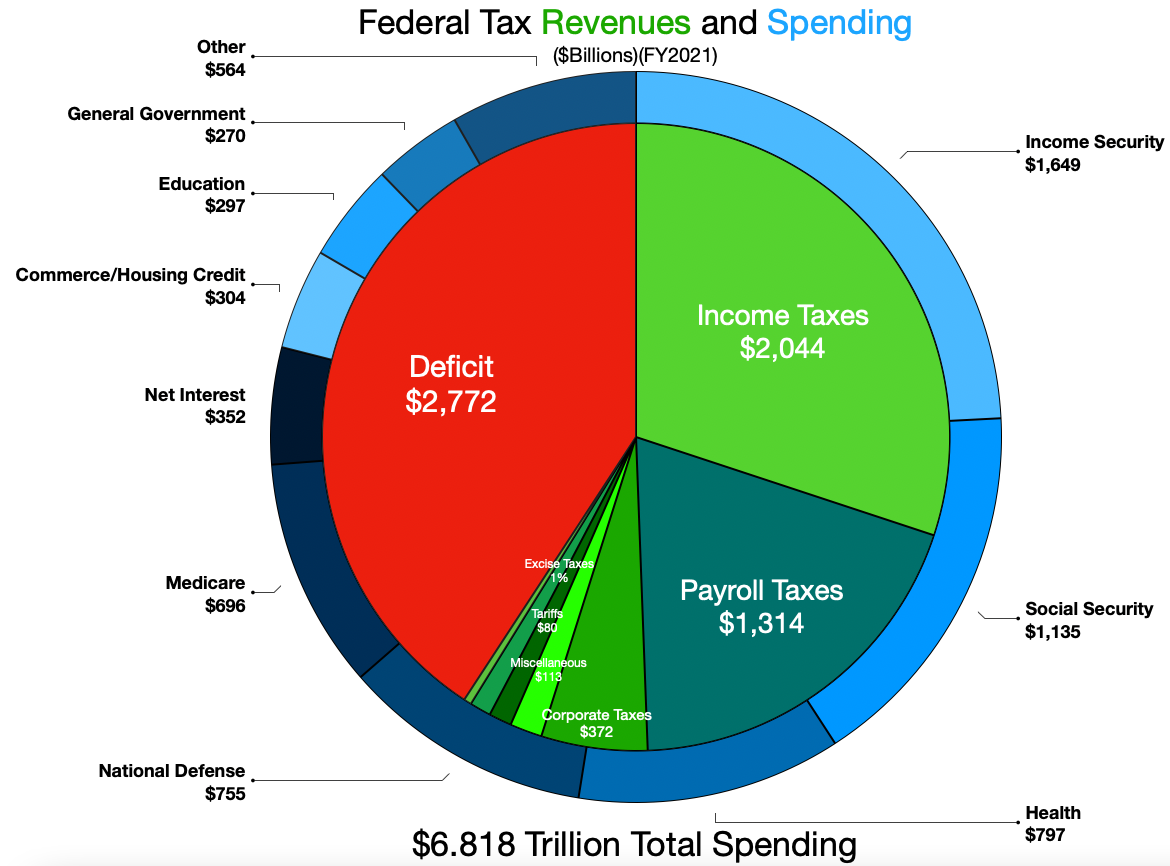Celebrity endorsements have long captivated the marketing world, appearing to offer a shortcut to unparalleled brand recognition and consumer trust. From historical figures lending their likenesses to sell chinaware in the 1700s, to 19th-century stage actors hawking soap and Coca-Cola, and 20th-century athletes endorsing everything imaginable, the allure of a famous face boosting a brand’s appeal remains potent. It’s an intuitive connection: if someone admired or followed uses a product, it must possess inherent value, right? This “hypnotic halo effect” suggests that positive traits associated with a celebrity—such as achievement, athleticism, or charisma—subconsciously transfer to the product they champion.
However, the landscape of celebrity branding is far more complex and treacherous than it appears on the surface. Despite the initial buzz and the built-in advantages of an existing fan base, many celebrity-backed ventures struggle to achieve sustained success, with some even resulting in significant reputational damage and financial losses. The journey from initial fame to lasting business success is often fraught with strategic missteps, misjudged consumer expectations, and a critical failure to lay adequate groundwork. This article, in the spirit of analytical insight, aims to unpack these complexities.
Understanding these common pitfalls is crucial for both aspiring celebrity brand-builders and shrewd investors. This analysis delves into the specific traps that often ensnare celebrity endorsement campaigns, illustrating why even the most famous names can fail to move products off shelves, or worse, trigger a significant backlash. By dissecting these failures, we can uncover vital lessons for crafting authentic, effective, and resilient brand strategies in an increasingly discerning and skeptical market.
1. **The “Casamigos Curse”: Neglecting Strategic Groundwork and Logistics** The resounding success of George Clooney’s tequila company, Casamigos, often casts a tempting shadow, inspiring numerous celebrities to venture into the spirits market with similar aspirations. The perceived ease of its billion-dollar sale, however, frequently obscures the intricate, behind-the-scenes strategy that underpinned its triumph. Many subsequent celebrity entrants, mesmerized by the allure of a quick cash-in, overlooked the meticulous foundational work that Clooney and his team cultivated long before the public spotlight truly illuminated the brand. They assumed fame alone would be sufficient.
What these ventures missed was the quiet, diligent effort put into nurturing crucial distributor relationships and making sound strategic logistics decisions. These fundamental business practices are the bedrock upon which any successful product stands, ensuring that even the most desirable item can reach its target consumers efficiently and reliably. Without this robust operational framework, even the most charismatic celebrity cannot guarantee a product’s journey from production to the consumer’s hand. The assumption that public image alone can drive sales, particularly in a competitive and logistically demanding industry like spirits, proved to be a critical miscalculation for many who followed.
Retail buyers and discerning customers alike are increasingly sophisticated; they seek more than just a famous name emblazoned on a label. They demand a product backed by solid operational infrastructure, consistent quality, and a genuine commitment to the business, rather than a mere celebrity vanity project. These tangible elements build trust and ensure market presence far beyond initial hype. The “Casamigos Curse” thus serves as a powerful reminder that while fame might open doors, meticulous planning, robust logistics, and deep industry engagement are indispensable for building a brand that can truly thrive and achieve a lasting legacy.

2. **The “White Label Wasteland”: The Peril of Generic Products** Another prevalent pitfall in the celebrity endorsement landscape is what has been aptly termed the “White Label Wasteland,” a phenomenon particularly rampant within the beauty and wellness sectors. This issue arises when celebrities, eager to capitalize on their personal brand, simply affix their names to pre-existing, generic formulas churned out by third-party manufacturers. The allure here is often speed and minimal personal investment, allowing for a rapid market entry without the arduous process of true product development and innovation.
However, the fundamental flaw in this approach lies in the resulting lack of meaningful innovation or distinct personality. These white-label products, often indistinguishable from countless others already saturating the market, flood shelves and digital storefronts with little to set them apart. They fail to offer any unique value proposition, solve real problems, or address specific unmet consumer needs, relying almost entirely on the celebrity’s drawing power rather than the product’s intrinsic merit or groundbreaking qualities. This approach fundamentally misunderstands the modern consumer’s priorities.
Today’s consumers are more informed and discerning than ever before. They are “plugged in and savvy,” capable of discerning superficial endorsements from genuine contributions. The days when a mere celebrity signature could guarantee sales are largely over; consumers are not easily “fooled by surface-level endorsements” and can readily detect when a celebrity’s involvement extends little beyond licensing their name. They are actively seeking quality, meaning, and genuine value, which generic white-label products rarely provide.
This perception of inauthenticity and lack of substance ultimately leads to quick market saturation and a rapid fizzling out of interest, contributing to the “wasteland” of forgotten celebrity brands. For a brand to sustain, it needs to “bring something new to the table,” continuously innovate, and offer “unique value” that resonates beyond the initial celebrity appeal. Otherwise, if the only selling point is fame, audiences quickly lose interest.

3. **”Ghost Founder Syndrome”: When Celebrity Engagement Fades** The initial launch of a celebrity-backed brand is often accompanied by a flurry of excitement, extensive social media coverage, and high-profile launch events. The celebrity might be heavily involved in the early promotional efforts, generating significant buzz and drawing in their existing fan base. This strong start can create the illusion of sustained momentum, suggesting that the brand is poised for long-term success and widespread adoption.
However, a common and ultimately damaging issue that frequently emerges is “Ghost Founder Syndrome.” This occurs when the initial burst of celebrity involvement slowly but surely fades away. The visible face of the brand begins to disappear from promotional activities, product development discussions, and public appearances, often within months of the launch. This gradual disengagement leaves behind a venture that progressively loses its clear identity and authentic voice.
As the celebrity’s active engagement wanes, the early excitement and consumer interest inevitably dissipate. The brand, lacking its primary figurehead, struggles to maintain momentum and relevance in a crowded market. Consumer trust, which is often initially granted on the strength of the celebrity’s reputation, begins to erode when the sustained effort and personal investment are no longer visible. A brand’s voice needs “ongoing reinforcement to remain relevant.”
Authentic connection with consumers requires consistent, sustained effort that extends far beyond launch day. Rihanna, for example, stands out as a stark contrast to this pattern; her enduring success with Fenty is largely attributed to her unwavering commitment. She “stays closely involved with Fenty and continually showing her commitment through product development and public appearances.” When the celebrity who is the “face of the brand disappears,” so too does the vital consumer trust that fuels loyalty, repeat purchases, and ultimately, lasting brand equity.

4. **Mismatched Values and Authenticity Gaps** One of the most frequent and impactful reasons for celebrity endorsement failures stems from a fundamental mismatch between the celebrity’s values and the brand’s identity. When there’s a perceived lack of authenticity in such a partnership, the entire campaign can quickly unravel, undermining trust and generating significant public backlash. Consumers are increasingly discerning and possess a keen ability to detect insincerity, making value alignment an indispensable cornerstone of effective endorsement. This means thoroughly vetting potential partners to ensure their public image, values, and past actions align with your brand’s core principles.
A particularly infamous illustration of this pitfall is the 2017 Pepsi ad featuring Kendall Jenner. Designed with an aspiration to promote unity and peace, the advertisement depicted Jenner leaving a modeling shoot to join a protest, then offering a police officer a can of Pepsi, implying a simplistic resolution of complex social tensions. The public reaction was immediate and overwhelmingly negative. Critics lambasted Pepsi for trivializing significant social justice movements and for exploiting serious issues for commercial gain. Jenner’s perceived lack of genuine connection to these complex issues further intensified the backlash, revealing a profound disconnect that neither Pepsi nor Jenner could easily overcome, resulting in the ad being “pulled almost immediately.”
Similarly, other examples from marketing history underscore this challenge. The incongruity of rapper 50 Cent, known for his tough persona and fit physique, promoting a sweet, sugary drink like Vitamin Water “just felt mismatched.” This perception was further exacerbated when Coca-Cola, Vitamin Water’s parent company, later argued in court that “no consumer could reasonably be misled into thinking Vitamin Water was a healthy beverage.” The fundamental clash between the celebrity’s image and the product’s true nature created a credibility gap that consumers readily identified.
Another notable misstep involved Kim Kardashian promoting a prepaid credit card aimed at a younger demographic, which was widely criticized for its high fees. The stark contrast between “a person living the most bougie life on the planet pairing with a budget card was absurd,” leading to widespread ridicule on social media and the eventual withdrawal of the Kardashian family from the deal. These instances powerfully demonstrate that when a celebrity’s lifestyle or perceived values clash with a product’s essence or target audience, authenticity gaps emerge that consumers are quick to penalize. This “mismatch” can easily put customers off a brand forever, illustrating how quickly the “halo effect” can reverse.

5. **Social Media Slip-Ups and Unfiltered Opinions** In the contemporary digital landscape, social media platforms have provided celebrities with an unprecedented direct conduit to their vast follower bases. While this offers immense potential for direct engagement and brand amplification, it simultaneously presents significant risks. The unfiltered nature of online communication means that a celebrity’s personal opinions or actions, whether on or off-brand, can reverberate instantly and have profound negative consequences for the brands they endorse, sometimes even inadvertently. This highlights the delicate balance between leveraging a celebrity’s reach and managing the inherent unpredictability of their public persona.
A striking example, though not a traditional endorsement, is the incident involving Roseanne Barr and Ambien in 2018. Following a highly controversial racist tweet, Barr attempted to explain her conduct by claiming she was “on Ambien.” This off-hand remark immediately and indirectly associated the pharmaceutical brand with her highly criticized public behavior. The manufacturer of Ambien, Sanofi, swiftly moved to distance itself, publicly tweeting that “racism is reprehensible and does not represent the values of Sanofi.” This incident powerfully demonstrates the precariousness of celebrity associations, highlighting how a celebrity’s personal conduct can unexpectedly tarnish a brand’s reputation, regardless of the absence of a formal partnership.
The widespread fallout from such incidents underscores the critical need for proactive measures. Brands must employ robust strategies to mitigate these risks. This includes the essential inclusion of “morality clauses” within endorsement contracts, allowing brands to terminate agreements if a celebrity’s actions damage the brand’s reputation. Such clauses provide a crucial legal safeguard against unforeseen controversial behavior and maintain brand integrity.
Furthermore, continuous and diligent monitoring of a celebrity’s social media activity and public statements is essential for early detection of potential red flags. Consideration should also be given to offering “social media training for celebrity partners to help them navigate the complexities of online communication,” thereby minimizing the chances of inadvertent harm. In an age where a single tweet can spark a global controversy, protecting a brand’s image requires constant vigilance and proactive measures against the unpredictable nature of unfiltered celebrity communication.

6. **Lack of Due Diligence and Background Checks** Failing to conduct comprehensive due diligence on a potential celebrity partner is a critical oversight that can expose a brand to unforeseen and potentially catastrophic risks. This vigilance must extend far beyond a celebrity’s polished public persona to encompass their past business dealings, any legal issues, and their personal history. The consequences of such neglect can range from significant financial losses to devastating, long-term damage to a brand’s reputation. A brand’s reputation, once tarnished, is incredibly difficult to fully restore.
The long-standing partnership between Subway and Jared Fogle serves as a stark and enduring cautionary tale of the dire consequences of insufficient vetting. Fogle had been the highly recognizable face of the brand for many years, symbolizing its weight-loss success story and embodying a positive, health-conscious image. However, this seemingly successful association ended in absolute disaster when Fogle became implicated in a child pornography scandal. The immediate and widespread public outrage was immense, deeply impacting the public’s perception of the brand.
Subway immediately and unequivocally severed all ties with Fogle, but the damage inflicted upon their brand reputation was immense and widely publicized. The incident highlighted the insidious risk of associating a brand so closely with an individual whose hidden life directly contradicted everything the brand stood for. The long-term impact on consumer trust and perception of Subway was significant, necessitating extensive rebranding efforts to distance itself from the scandal and rebuild consumer confidence.
This case powerfully demonstrated the paramount importance of conducting “extensive background checks” on all potential celebrity partners. It underscored that overlooking any red flags, no matter how seemingly minor, carries the potential for severe and lasting repercussions. Brands must engage thoroughly in a vetting process that includes scrutinizing criminal records, financial histories, and past associations. Employing professional agencies specializing in celebrity vetting is often a wise investment, ensuring a comprehensive assessment that protects the brand from unforeseen liabilities and helps prevent a PR nightmare, safeguarding both financial investment and brand integrity.
Read more about: Navigating the SUV Market: 14 Models U.S. Consumers Should Approach with Caution in 2024-2025

7. **Ignoring Target Audience Sentiment**For brands navigating the intricate world of celebrity endorsements, a fundamental misstep can be overlooking the nuanced sentiments and preferences of their core target audience. While some controversial endorsements, like Nike’s partnership with Colin Kaepernick, can ultimately pay dividends, such outcomes hinge on a deep, almost prescient understanding of the brand’s demographic and their evolving values. The temptation to align with a celebrity purely for broad reach, without careful consideration of how that celebrity resonates with specific consumer segments, often leads to significant backlash and strategic misalignments.
Nike’s 2018 decision to feature Colin Kaepernick in their “Just Do It” campaign serves as a compelling case study. Kaepernick, a polarizing figure due to his kneeling protests against racial injustice, initially sparked widespread controversy, with some consumers publicly boycotting Nike products. However, Nike’s leadership understood their core audience deeply, recognizing their demographic’s increasing demand for brands that take a stand on social issues. The campaign, far from being a disaster, resonated powerfully with their target market, ultimately bolstering sales and reinforcing Nike’s identity as a brand committed to social justice values.
This example powerfully illustrates that thorough market research is not merely a recommendation but a critical imperative. Brands must meticulously understand their target audience’s values, beliefs, and preferences before committing to any celebrity partnership. While calculated risks can sometimes yield substantial rewards, the decision must be rooted in an exhaustive understanding of potential backlash and a clear strategy for addressing it. Risk assessment, therefore, becomes an indispensable component of successful celebrity branding, allowing brands to differentiate between informed bold moves and reckless gambles.
In today’s market, consumers are increasingly aligning their purchasing decisions with their personal values. As the paradigm shifts, brands that genuinely engage with their audience’s needs and concerns, and reflect these insights in their endorsement choices, are far more likely to build lasting connections. It underscores the broader message that authenticity and a deep understanding of customer needs are paramount for any brand, famous or not, seeking long-term success in a discerning marketplace.
Read more about: The King’s Ultimate Rebuttal: One Mind-Blowing LeBron James Stat That Absolutely Silences Every Single Hater

8. **The Illusion of Authenticity: Manufactured Endorsements**In an age where digital natives and social media users possess an unparalleled ability to discern genuine engagement from superficial promotion, the illusion of authenticity poses a substantial threat to celebrity endorsements. Consumers are increasingly sophisticated, capable of identifying when a celebrity’s involvement extends little beyond licensing their name or reciting pre-written marketing copy. This discerning eye means that manufactured endorsements, where the celebrity clearly does not genuinely use or believe in the product, are quickly exposed and rejected.
Numerous examples from the realm of influencer marketing, often involving celebrities, highlight this critical flaw. Instances where influencers have been caught inadvertently revealing they are posting pre-written captions, or where their actual consumption habits contradict the products they promote, swiftly erode credibility. Such slip-ups demonstrate that superficial endorsements, driven solely by contractual obligations rather than genuine belief, fall flat and are easily perceived as inauthentic by a “plugged in and savvy” audience.
The core issue here is a fundamental misunderstanding of what drives consumer trust in the modern era. The days when a celebrity’s mere signature could guarantee sales are largely over. Consumers are actively seeking quality, meaning, and genuine value, demanding that brands, and the personalities representing them, bring “something new to the table” and offer “unique value.” When the only selling point is fame, or a thinly veiled performance of endorsement, audiences quickly lose interest and perceive a lack of substance.
To counter this pervasive issue, brands must actively encourage their celebrity partners to genuinely engage with the product or service. This means allowing them to share their own authentic experiences, insights, and even creative input, rather than confining them to overly scripted or manufactured content. Building trust hinges on transparency and allowing the celebrity’s genuine passion, or at least a believable connection, to shine through, transforming a mere transaction into a credible recommendation.

9. **Inefficient Matching Processes**Within the operational framework of celebrity endorsement agencies, inefficient matching processes represent a significant structural challenge that can lead directly to business failure. The success of any brand-celebrity partnership is intrinsically linked to a precise alignment of values, public image, and target audience resonance. When an agency struggles to efficiently pair brands with the most suitable celebrities, it not only results in missed opportunities but can also lead to fundamentally flawed and ineffective endorsement campaigns that fail to achieve their objectives.
A primary factor contributing to this inefficiency is often a lack of deep understanding on the part of the agency regarding both the brand’s core identity and the celebrity’s true persona. Without thorough knowledge of a brand’s specific values, its marketing goals, and its intended consumer demographic, an agency may find itself unable to identify a celebrity whose image and values genuinely complement the brand. This superficial understanding leads to mismatched partnerships that lack authenticity and resonance, making it difficult for the message to connect with the target audience.
Furthermore, an overreliance on manual matching processes, without the integration of sophisticated technology and data-driven algorithms, can render an agency’s operations time-consuming and highly prone to human error. In a rapidly evolving market, failing to leverage advanced analytical tools means that agencies may overlook potentially beneficial matches, missing out on opportunities that could have created powerful and impactful collaborations. Such oversight can severely limit an agency’s capacity to generate optimal outcomes for both brands and celebrities.
Inefficient processes also frequently lead to the oversight of crucial factors that determine an endorsement’s potential for success. Agencies might neglect to thoroughly evaluate a celebrity’s current market presence, detailed audience demographics, or their past endorsement history and performance. Ignoring these vital pieces of information can result in campaigns that do not resonate effectively with the intended audience, or, worse, generate a negative or negligible impact, ultimately wasting significant marketing resources and undermining the agency’s credibility. Therefore, refining matching strategies through comprehensive data analysis and a nuanced understanding of both parties is paramount.
Read more about: Today I Learned: The Command-Line Secret to Making Your Old Laptop Feel Brand New – Optimizing Software with GNU Make

10. **Overreliance on A-list Celebrities**A prevalent and often costly misstep for celebrity endorsement agencies is an excessive focus on securing A-list celebrities, perceiving them as the only viable path to brand recognition and success. While the star power of an A-lister can undoubtedly generate immense initial attention and credibility, a strategy that relies solely on these top-tier personalities comes with inherent risks and significant limitations that can undermine long-term business viability for agencies and brands alike.
Firstly, the financial implications of engaging A-list celebrities are substantial. Their endorsement fees are notoriously exorbitant, often placing them out of reach for smaller brands or businesses operating with limited marketing budgets. This financial strain can restrict an agency’s capacity to secure a diverse portfolio of endorsement deals, making its business model highly susceptible to the volatile market for high-profile talent. Such an approach disproportionately prioritizes cost over strategic fit, a common pitfall in brand building.
Secondly, an A-list celebrity, despite their widespread fame, may not always be the optimal fit for every brand or product. Their established image and public persona might not genuinely align with a brand’s core values or its specific target audience. This misalignment can lead to an inauthentic and forced partnership that fails to resonate with consumers, ultimately damaging the brand’s reputation and eroding its credibility rather than enhancing it. True synergy between brand and endorser is far more valuable than sheer celebrity wattage.
Furthermore, a singular focus on A-list talent can severely restrict the diversity and creative potential of endorsement campaigns. By limiting their talent pool, agencies inevitably miss out on opportunities to collaborate with emerging stars, niche influencers, or even micro-celebrities who might offer a more organic, relatable, and cost-effective connection with specific target demographics. These up-and-coming talents often bring fresh perspectives and a more authentic engagement that can be incredibly impactful for specific brands.
To mitigate the inherent pitfalls of overreliance on A-list celebrities, endorsement agencies must strategically diversify their talent roster. By actively expanding their network to include a broader spectrum of personalities—from established A-listers to burgeoning influencers—agencies can better cater to the varied needs and target audiences of different brands. This diversified approach fosters more successful, authentic, and cost-efficient endorsement partnerships, ensuring sustainable growth and impactful results for all stakeholders involved.

11. **Lack of Transparency in Dealings**One of the most critical factors contributing to the failure of celebrity endorsement agency businesses is a pervasive lack of transparency in their dealings. In the complex ecosystem of celebrity endorsements, where multiple parties are involved—brands, celebrities, and the agency—clear, honest, and open communication is not merely a courtesy, but an absolute necessity for building and maintaining trust. Without such transparency, misunderstandings proliferate, leading to fractured partnerships and ultimately, the downfall of an agency.
When an endorsement agency operates with insufficient transparency, it creates several detrimental consequences. Brands, for instance, become understandably hesitant to engage with an agency that fails to provide clear, detailed information regarding the endorsement process, fee structures, and precise expectations. This ambiguity fosters a profound loss of trust and credibility, making it exceedingly difficult for the agency to attract new clients or retain existing ones. A perception of opacity often translates directly into a diminished reputation.
Conversely, celebrities can become wary of endorsing products or services through an agency that is not forthcoming with the terms and conditions of their deals. Without a crystal-clear understanding of the contractual obligations, financial arrangements, and overall expectations, celebrities may feel exploited, undervalued, or even misled, leading to dissatisfaction, public disengagement, and potentially costly legal disputes. The integrity of the celebrity-agency relationship is paramount for sustained success.
Moreover, a lack of transparency significantly impedes an agency’s fundamental ability to effectively match brands with the most appropriate celebrities. Without open communication and honest discussions about a brand’s intrinsic values, its specific target audience, and overarching marketing goals, the agency cannot create truly resonant partnerships. This deficiency in information exchange prevents the formation of successful collaborations that genuinely connect with consumers, diminishing the impact and ROI of campaigns.
To overcome the significant challenges posed by a lack of transparency, celebrity endorsement agencies must make clear and open communication their foremost priority. This involves providing exhaustive details about the entire endorsement process, including all fees, timelines, and mutual expectations. Furthermore, agencies should actively solicit feedback from both brands and celebrities, addressing any concerns promptly and comprehensively. By nurturing a culture of unwavering transparency, agencies can cultivate robust trust, credibility, and enduring partnerships, leading to more impactful campaigns and a stellar industry reputation.
Read more about: The Enduring Shadow of Lineage: Unpacking the Global Rise of “Nepo Babies” in Power, Culture, and Politics

12. **The Risks of the ‘Halo Effect’ Reversal**The “halo effect,” where positive traits associated with a celebrity transfer to a product, is a powerful driver in celebrity endorsements. However, this effect is a double-edged sword, capable of reversing with catastrophic consequences, transforming into what might be termed the “halo effect reversal” or a negative halo. When a celebrity’s actions, opinions, or a product’s inherent flaws become negatively associated with the brand, this negativity can swiftly spiral, profoundly altering public perception and permanently alienating consumers from the entire brand.
The context explicitly states that “one negative association with a product can quickly spiral out to become the public’s view of the entire brand, and put customers off it forever.” This underscores the fragility of brand reputation when tethered to individual personalities. While some initial sales dips are often temporary, as major brands like Pepsi have demonstrated after various mishaps, there are instances where the negative impact is far more immediate and damaging, especially when the association touches sensitive social or safety issues.
One of the most potent recent examples of this phenomenon is the short-lived partnership between Dylan Mulvaney and Bud Light. Despite the product featuring Mulvaney being a one-off item not for sale, the association sparked immense public outrage, leading to a precipitous drop in sales to their lowest in 24 years and a staggering $4 billion reduction in Anheuser-Busch’s value. This incident starkly illustrates how a perceived misalignment or controversial association can trigger a dramatic and sustained backlash, defying the conventional wisdom that “sales dip or reputation hit is temporary.”
Beyond direct social controversies, the halo effect can reverse due to other factors, such as personal behavior (like O.J. Simpson or Kanye West’s past incidents mentioned in the context, casting shadows on products), or even product integrity issues, as seen with Hulk Hogan’s grill endorsement failing due to a product recall for safety. These diverse sources of negative association demonstrate that the risks are multifaceted, ranging from moral failings to product quality, each capable of tarnishing the brand by association.
Therefore, brands contemplating celebrity endorsements must proactively recognize that they are “hitching their wagon to their star — for better and/or worse.” This necessitates not just extensive due diligence but also a robust contingency plan for potential mishaps. Transparency, authentic communication with the audience, and a willingness to address concerns or pivot campaigns are crucial. While the payout for a well-executed endorsement can be enduring, preparedness for a potential halo effect reversal is paramount to safeguard both financial investment and brand integrity.
**Forging Ahead: A New Blueprint for Celebrity Endorsement Success**
The journey through the complexities of celebrity endorsements reveals a clear truth: while the allure of fame can open doors, sustained success is forged in the crucibles of meticulous strategy, unwavering authenticity, and a profound understanding of market dynamics. The era where a celebrity smile alone guaranteed sales has definitively passed. Today’s discerning consumers demand more than superficial glamor; they seek quality, meaning, and genuine value, aligning their loyalty with brands that demonstrate integrity and purpose.
For brands and investors alike, the lessons gleaned from past missteps are invaluable. Cultivating successful celebrity partnerships now hinges on a commitment that extends far beyond launch day, demanding active participation in product development, strategic planning, and consistent, authentic engagement. It means moving beyond the ‘White Label Wasteland’ by fostering genuine innovation and offering unique solutions that resonate with real consumer needs, rather than banking solely on transient hype.
Crucially, success in this evolving landscape requires brands to ‘listen to the market’ with an attentive ear, adapting swiftly to changing consumer behaviors and feedback. This demands continuous monitoring of campaign performance, leveraging data for iterative improvement, and a willingness to realign offerings to meet shifting demands. Moreover, a comprehensive approach to vetting, combined with transparent dealings and efficient matching processes, is indispensable for mitigating risks and building robust, trustworthy collaborations.
Read more about: Wall Street Navigates Shifting Sands: Inflation Data, Trade Dynamics, and Tech Sector in Sharp Focus
Ultimately, the path to a successful brand strategy, whether fronted by a global icon or a burgeoning entrepreneur, is paved with clarity, authenticity, and a steadfast focus on substance. Engage genuinely, understand your audience’s true needs, and utilize data to constantly refine your approach. Fame may provide the initial spark, but it is unwavering effort, deep investment, and an authentic connection that will truly illuminate a brand’s lasting legacy in the hearts and minds of consumers. The future of celebrity branding belongs to those who build with conviction, integrity, and a clear vision that transcends fleeting stardom.






